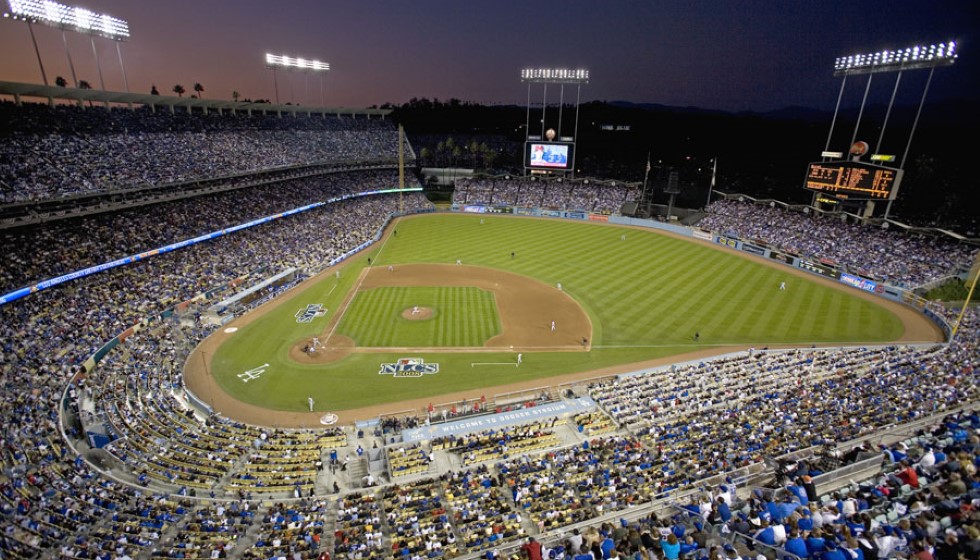
The excitement of the Major League Baseball amateur draft continued to reverberate across the baseball landscape as the signing deadline approached. With significant movement and substantial commitments, the draft proved once again to be an essential event for shaping the future of the sport. Key signings and notable decisions marked this year's draft class, reflecting both the enthusiasm and the strategic considerations of teams and players alike.
Key Signings and Major Deals
Among the notable signings, Trey Yesavage and Vance Honeycutt emerged as headline names. Yesavage, selected 20th overall by the Toronto Blue Jays, agreed to a substantial $4,175,000 bonus. Honeycutt, chosen 22nd by the Baltimore Orioles, followed closely, securing a $4 million bonus.
Top picks often come with eye-catching deals, and this year was no exception. Konnor Griffin, picked ninth overall by the Pittsburgh Pirates, agreed to an impressive $6,532,025 contract. At the pinnacle of the draft, Wake Forest right-hander Chase Burns and Georgia outfielder Charlie Condon both commanded $9.25 million each, Burns being taken second overall by the Cincinnati Reds and Condon going third to the Colorado Rockies. Meanwhile, Oregon State's second baseman Travis Bazzana, who was selected first overall by the Cleveland Guardians, signed for $8.95 million.
Unsigned Talents and Strategic Choices
Interestingly, while almost all of the top 315 selected players secured contracts, four notable names chose different paths. Tyler Bell, who was picked 66th overall by the Tampa Bay Rays, opted instead for a college commitment to Kentucky. Similarly, Chris Levonas, drafted 67th by the Milwaukee Brewers, chose a commitment to Wake Forest. Ryan Prager, selected 81st by the Los Angeles Angels, and Jaxon Jelkin, picked 263rd by the New York Mets, both went unsigned, reflecting the critical decisions that players and their advisors face regarding their futures.
The decisions to remain unsigned have repercussions. The Rays, Brewers, and Angels are set to receive compensatory picks in the next year’s draft, positioning them to potentially gain talent comparable to the prospects they lost. For example, the Rays will gain the 67th pick, while the Brewers will gain the 68th pick, and the Angels will receive an additional selection after the third round.
Fiscal Strategies and Allocations
The financial landscape of this year's draft was also noteworthy. Teams displayed a keen awareness of their signing bonus pools, carefully navigating the limits to avoid penalties. In total, the league committed $342 million to this year's group of draft-eligible players, an 8.3% increase from last year's $315.8 million at the deadline.
No team exceeded the permissible 5% over their signing bonus pool, though 23 teams brushed up against their limits within this margin. The Arizona Diamondbacks precisely matched their pool amount, demonstrating the strategic precision with which teams managed their budgets. Conversely, six teams came in under their signing pool amounts, with Tampa Bay falling $250,300 short and Colorado $87,300 below their cap.
Looking Back and Ahead
Only one pick from the first ten rounds of last year’s draft did not sign, highlighting the high rate of agreements in these critical rounds. Caden Kendle, a 10th-round selection by the St. Louis Cardinals last year, was picked again this year in the fifth round by the Minnesota Twins and secured a $147,500 contract, indicating the dynamic nature of draft strategies and player negotiations.
Spending Highlights
The Cleveland Guardians and Colorado Rockies both topped the spending charts, each disbursing $19,236,100 on their selections. The Cincinnati Reds followed closely with $17,156,100, while the Oakland Athletics and Chicago White Sox spent $16,103,900 and $15,267,500, respectively. On the other end of the spectrum, the Houston Astros allocated the least amount, spending $6,210,412.
As the dust settles from the draft and signing period, teams and fans alike now turn their attention to the development and progression of these young talents. The decisions and investments made in this year's draft will undoubtedly shape the future landscape of Major League Baseball, influencing team compositions and competitive dynamics for years to come.